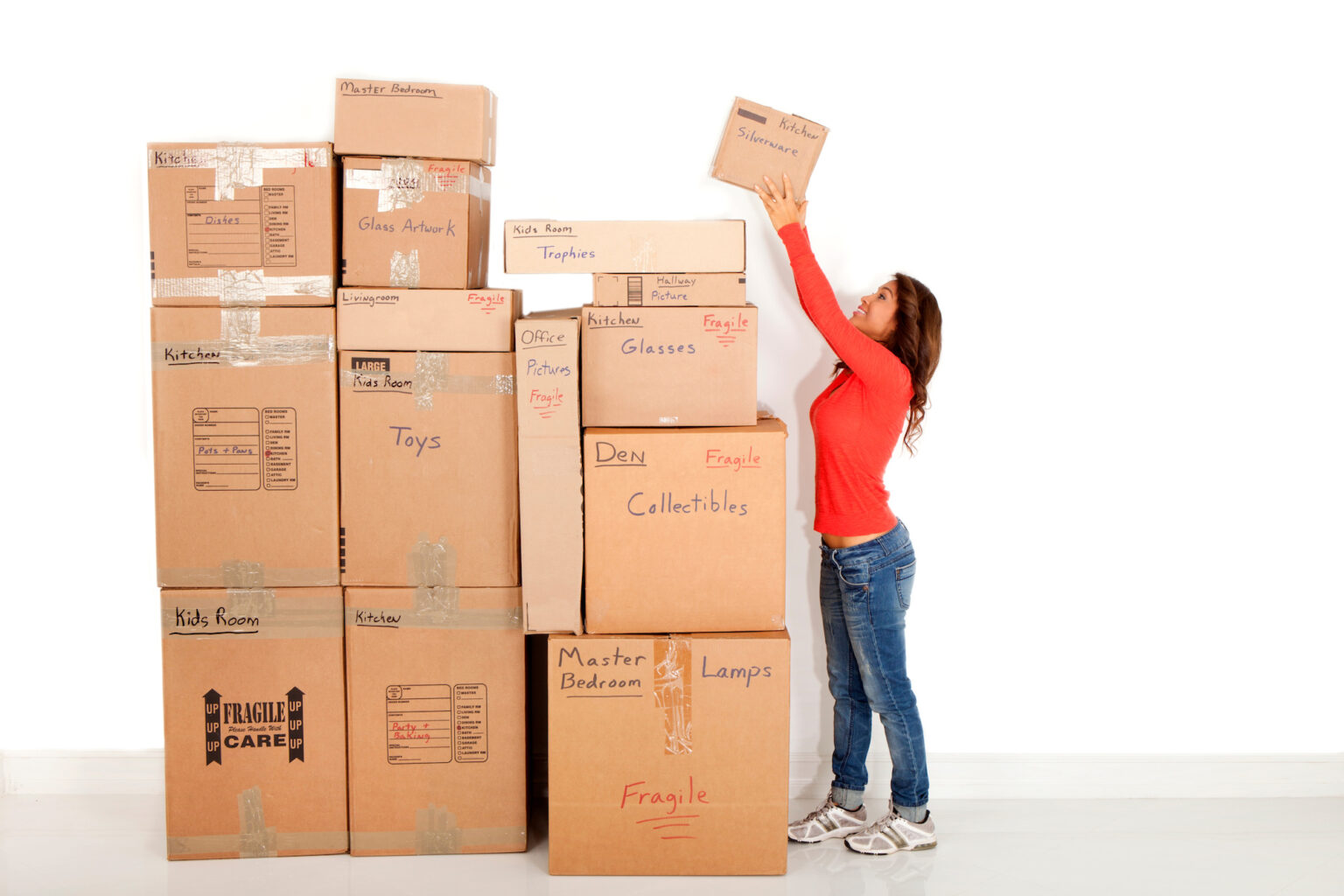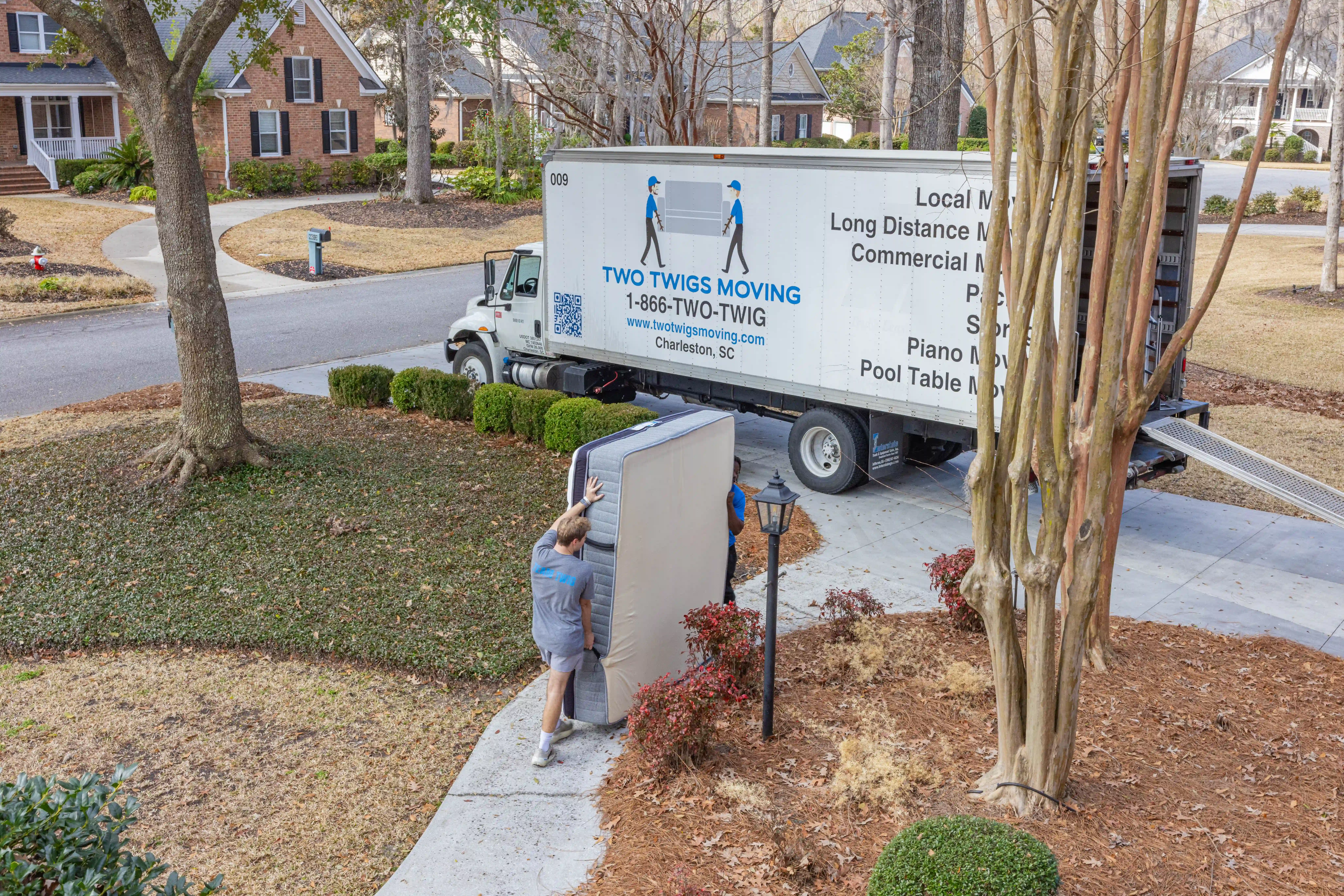Properly labeling your boxes is an essential part of a successful move. It ensures that unpacking is more organized, prevents important items from getting lost or damaged, and helps movers know exactly where to place things in your new home. Here are some best practices for labeling boxes to make your move as smooth as possible.
1. Use Clear and Large Labels
When labeling your boxes, make sure your writing is legible and large enough to read from a distance. Use a thick marker, such as a permanent black marker, to write on the boxes. This will make the labels easy to spot and read quickly, especially if movers are handling many boxes at once.
If your handwriting isn’t very clear, consider using printed labels. You can print out large, bold labels for each box and securely tape them on all sides.
2. Label All Sides of the Box
It’s important to label more than just the top of the box. Boxes will likely be stacked on top of each other or turned in different directions, making it hard to see a single label. Write the contents and the room the box belongs to on at least two sides, and on the top if possible. This makes it easy to identify boxes, no matter how they are positioned.
3. Use a Color-Coding System
A color-coding system is a smart way to keep boxes organized and help movers know where each box belongs. Assign each room a different color and use colored tape or stickers to label the boxes accordingly. For example:
- Blue for kitchen items
- Green for bedroom items
- Red for living room items
- Yellow for bathroom items
This system is easy to understand and ensures that boxes end up in the right rooms without confusion.
4. Include Detailed Descriptions
While it’s important to label which room a box belongs to, including a brief description of the contents can make unpacking much easier. Instead of just writing “kitchen,” add details like “kitchen—pots and pans” or “bedroom—linens and pillows.” This way, you can quickly find the items you need without having to open every box.
For fragile items, be specific about what’s inside, like “dishes—fragile,” so that movers know to handle the box with extra care.
5. Label Fragile Items Clearly
If a box contains fragile items, mark it clearly with the word “FRAGILE” on all sides. Use bold letters and consider using brightly colored tape or stickers to draw attention to it. This alerts movers to handle those boxes more carefully and prevents items from being damaged during the move.
Additionally, it’s a good idea to draw arrows indicating which side of the box should face up. Write “This Side Up” to avoid the box being placed upside down, especially for items like electronics or glassware.
6. Number Your Boxes
Numbering your boxes is a great way to keep track of all your belongings, especially during long-distance moves. Create an inventory list that corresponds to the numbers on each box. For example, Box #1 might be labeled as “kitchen—appliances,” and Box #2 as “bedroom—clothes.”
This inventory system allows you to quickly check if all your boxes have arrived at your new home and makes unpacking more efficient. You’ll know exactly what’s inside each box without having to open them to search for specific items.
7. Use Specific Labels for Essential Boxes
When moving, there will be certain boxes you’ll need to access right away—such as those containing toiletries, chargers, and important documents. Make sure to label these boxes as “Essentials” or “Open First” and set them aside for easy access.
It’s also helpful to mark these boxes with bright tape or a distinct color so they stand out from the rest of the boxes. This will save you the hassle of digging through boxes to find the items you need immediately after your move.
8. Create a Master List
In addition to labeling individual boxes, creating a master list can help keep track of everything during the move. Write down the contents of each box and its assigned number. For instance:
- Box 1: Living Room—Books and Picture Frames
- Box 2: Kitchen—Dishes and Utensils
This master list can act as a checklist to ensure all your items have arrived at your new home and can be quickly found when you start unpacking.
9. Use Specialty Labels for Special Handling
If certain boxes require special handling, make sure to label them accordingly. For example, boxes containing electronics or valuable items should be marked as “Handle With Care” or “Do Not Stack.” This ensures movers give extra attention to these items.
10. Consider Room Layout in Your New Home
When labeling boxes, think about how your new home is laid out. If your current home has one bedroom, but your new place has two, clearly mark which items are going to each new room. For example, use labels like “Master Bedroom” and “Guest Bedroom” to ensure that everything ends up in the correct space.
Conclusion
Proper labeling is a key part of a successful and organized move. By using clear, descriptive, and color-coded labels, you’ll save time and frustration when unpacking and settling into your new home. These best practices will help you stay organized and ensure your belongings are treated with care during the move.


.svg)


